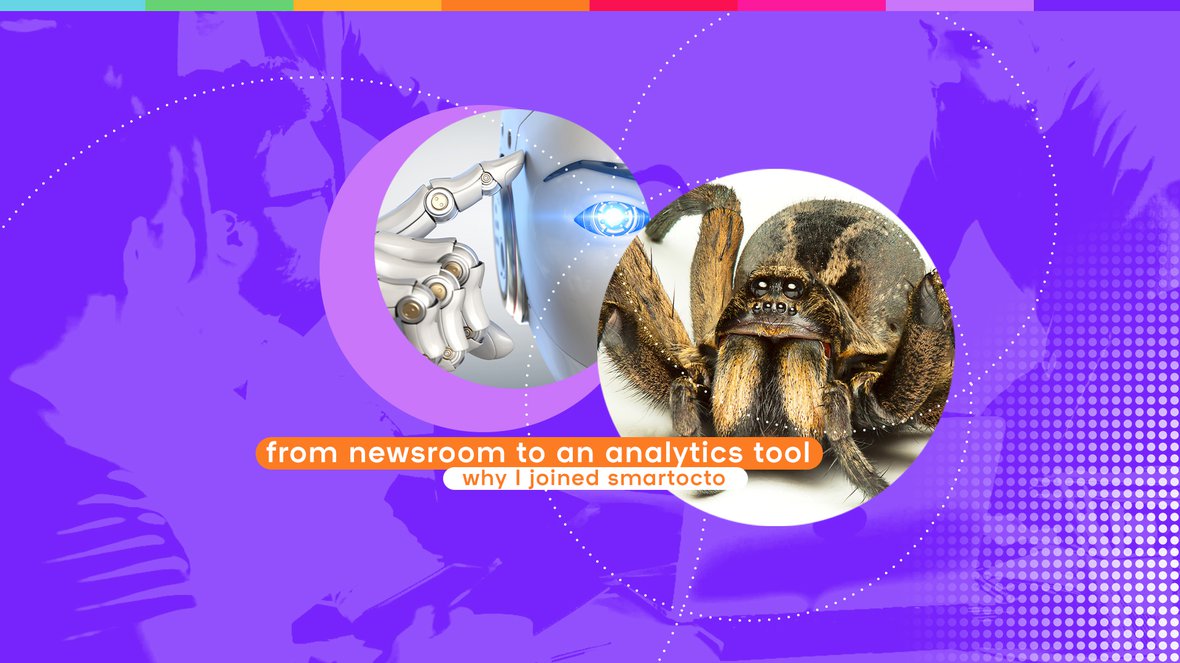What happens when you bring a journalist to an analytics tool? We’ll find out with our newest team member Stefan ten Teije. In his first blog he explains why he switched jobs.
Have you heard of false wolf spiders yet? These poisonous and aggressive spiders arrived in Dutch news media recently as spiders emerge in bedrooms everywhere: all of a sudden and without any invitation. In the Netherlands we’re used to pets and livestock, but venomous, poisonous critters? That’s homepage material.
When I took a dive into the smartocto data, it wasn’t a surprise that the lion’s share of the clicks on this very subject came from the search behaviour of visitors. Perhaps you already googled “are false wolf spiders dangerous?” yourself after reading the first sentence. Or: “what’s ‘false’ about them? Are they untrustworthy?”
Anyhow.
For the last couple of years I’ve been an editor in the service journalism newsroom at DPG Media. I wrote for two of the biggest online news websites in The Netherlands, AD.nl and NU.nl. Our main purpose was to create content as a service: to help readers understand things they come across in their daily life. That being the case, educating people about the false wolf spider would have been our first take: we would have focused on those key questions of what they are, where they came from, and whether or not we should stay up all night worrying about them.
The false wolf spider was gone too soon
I noticed that many media outlets reported on this story, but failed to follow it up in a way that the audience were actually asking for. I think we - yes, me as well - normally go on to the next story.
As a journalist, I know that most of the time we mainly follow our own curiosity in deciding the subject and angle for our next story. I think that data analysis tools can help every journalist and editor make better decisions - We just need to listen to it.



